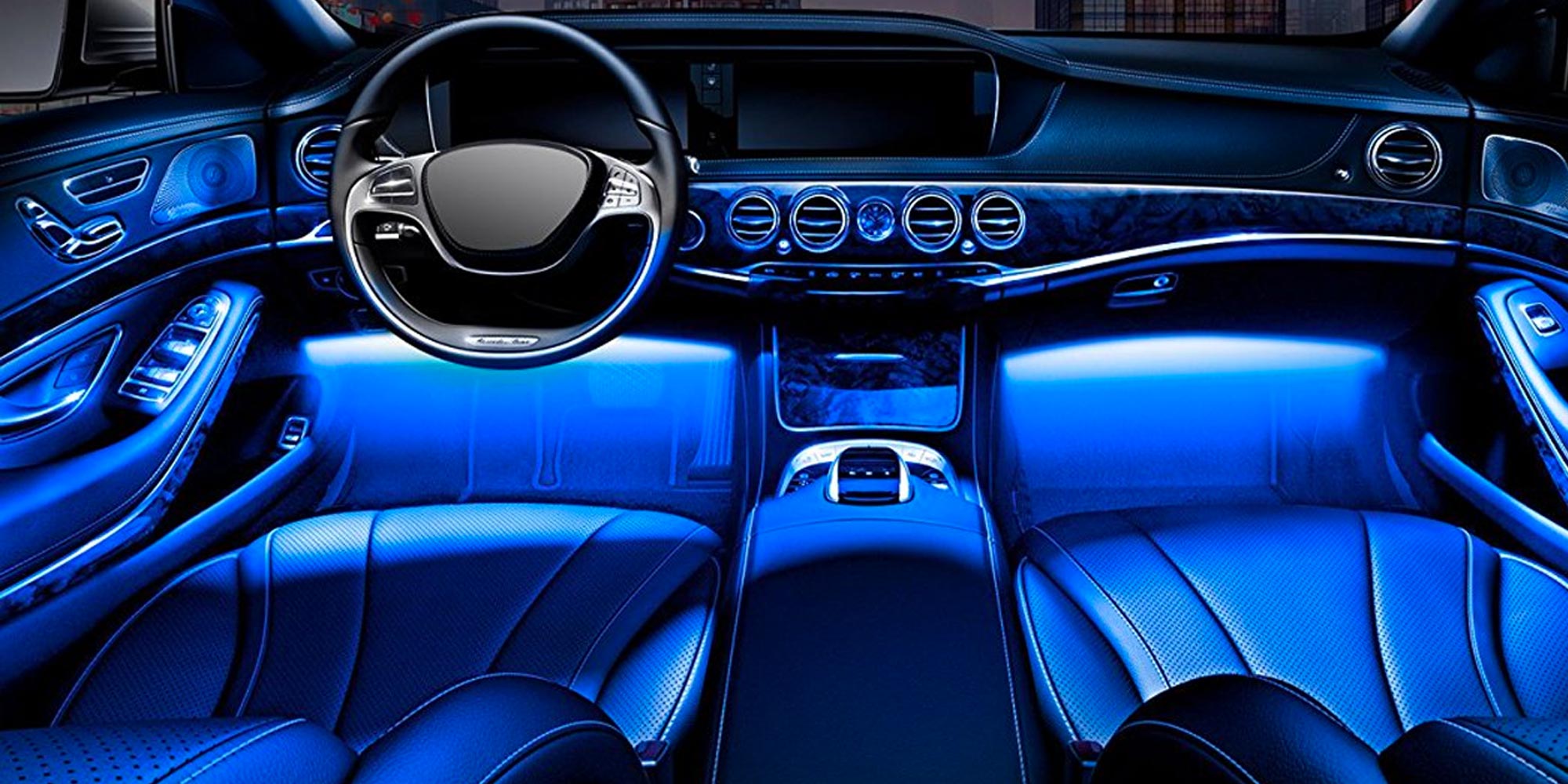
Interior car LED lights are generally permitted in all states, although certain restrictions may be in place to maintain visibility and prevent confusion with emergency vehicles. As a driver, I personally find these lights to be a source of distraction, and I often voice my displeasure when a passenger turns them on while I am behind the wheel.
The use of interior lights can divide one’s attention between the road and the interior of the vehicle, which can be dangerous when driving on busy roads at night. There are numerous unpredictable hazards that can arise, such as darkly clad cyclists, pedestrians suddenly crossing the road, and animals darting onto the roadway, which could potentially lead to tragic or hazardous outcomes if they are not spotted in time.
However, other individuals may have a different perspective on the matter, especially when it comes to interior car LED lights. These lights can make it easier for passengers to read to children or search through bags, and they allow drivers to monitor children sitting in the back seat. These and other benefits may outweigh the potential drawbacks of these lights interfering with visibility.
Interior car LED lights can take several forms, including dome lights, map lights, and custom accent lighting. While older cars typically feature incandescent or halogen bulbs, these can be replaced with LED bulbs for improved illumination and lower power consumption. Additionally, newer cars may come with LED lights already installed.
Custom accent lighting can be installed in various locations, such as the dashboard, roof, seats or console, doors, and even the steering wheel. Manufacturers may offer model-specific accent lights, or one can typically find generic ones that fit a particular vehicle. Accent lights come in individual fixtures or strips, and they can be battery-powered or connected to the car’s electrical system.
Are Interior Car LED Lights Safe?
Yes, interior car LED lights are safer than traditional incandescent and halogen bulbs. LEDs are electronic circuit components that rectify AC current into DC current, emitting light as they glow. Unlike bulbs that rely on electrical resistance, LEDs produce far less heat, reducing the risk of fire. Additionally, as there is no filament enclosed in glass, they are less likely to break, increasing their durability.
The safety of LED lights depends on their placement within the car. LEDs scattered around the floor or below the driver’s line of sight typically do not impact the driver’s view of the road and can actually enhance visibility. However, bright strip lights affixed to seats, windows, or roofs can be distracting and potentially hazardous if they reflect off the windshield, obscuring the driver’s view of the road. LEDs that are excessively bright, change colors, or flash also pose a risk to driver safety.
Are Interior Car LED Lights Legal in All States?
Nearly every state allows drivers to install LED lights in their cars, and driving with them on is not typically prohibited. However, some states, such as California, have restrictions on their use. Flashing lights, blue lights visible through the windows, and red lights visible from the front of the vehicle are usually prohibited. Additionally, after-market LEDs must be permanently affixed and cannot interfere with the vehicle’s onboard diagnostic system. To ensure compliance with state regulations, drivers should check with their local Department of Motor Vehicles.
Interior Car LED Light Alternatives
Factory-installed LED lighting is becoming increasingly common in modern cars, but for vehicles without ambient lighting, drivers have several options. LED bulbs can be installed in existing fixtures, or LED string lights, rope lights, or other types of accent lighting can be added to the interior.
